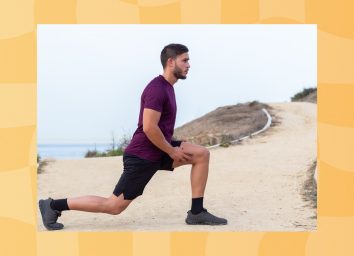10 Stability Exercises You're Not Doing, But Should
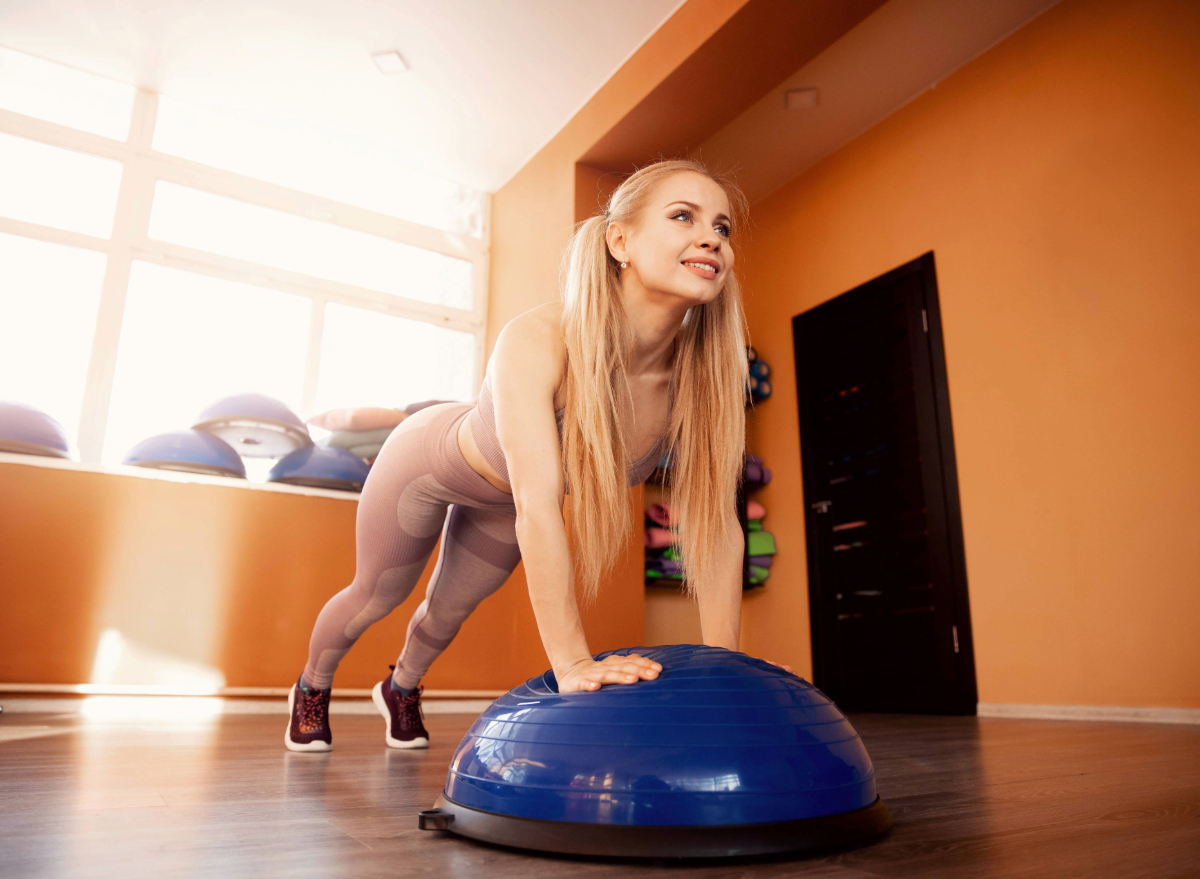
Stability exercises often get overlooked by my clients, yet they play a crucial role in building a strong foundation for overall fitness. These exercises focus on improving balance, coordination, and core strength, which are essential for preventing injuries and enhancing performance in various physical activities. Here are 10 of the best stability exercises I recommend adding to your regimen for a well-rounded workout routine.
Incorporating these stability exercises into your regimen can help boost your sense of balance, enhance coordination, and bolster overall stability, leading to better performance in various activities and reducing the risk of injury. Start slowly and focus on proper form to maximize the benefits of these exercises.
Keep reading to learn about the best stability exercises you may not be doing, but should. And when you're finished, check out I Tried 3 Pairs of Brooks Running Shoes & One Beats the Rest by a Mile.
Single-Leg Romanian Deadlifts
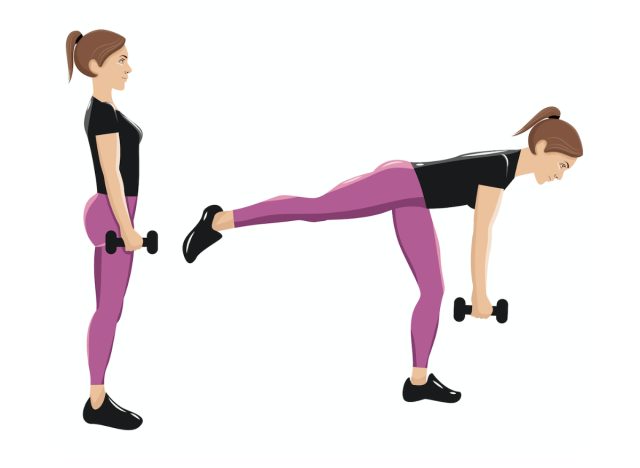
The single-leg Romanian deadlift is a fantastic exercise for targeting the hamstrings, glutes, and lower back while improving balance and stability. By isolating each leg, this exercise helps to address muscle imbalances and enhance proprioception.
Stand with your feet hip-width apart, holding a dumbbell in each hand. Shift your weight onto one leg, and hinge at the hips, extending the non-weight-bearing leg straight behind you. Lower the dumbbells toward the ground while keeping your back flat and your supporting knee slightly bent. Return to the starting position by engaging the glutes and hamstrings. Perform three sets of 10 reps on each leg.
Planks with Leg Lifts
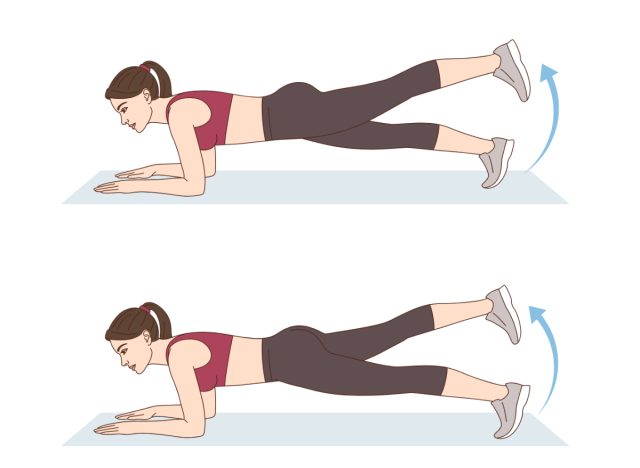
Adding a leg lift to the traditional plank exercise increases the challenge by engaging the stabilizing muscles of the core and hips. This exercise promotes better balance and stability while strengthening the entire body.
Start in a plank position with your forearms on the ground and your elbows directly beneath the shoulders. Engage your core, and lift one leg off the ground, maintaining a straight line from head to heel. Hold for a few seconds, then lower the leg back down. Alternate legs, and repeat for three sets of 12 reps on each leg.
Stability Ball Rollouts
Stability ball rollouts target the core muscles, including the abdominals, obliques, and lower back, while also improving shoulder stability. This exercise challenges your balance and coordination as you roll the ball forward and back.
Kneel in front of a stability ball, and place your forearms on top of the ball. Roll the ball forward by extending your arms while keeping your core engaged and your back straight. Roll out until your body is fully extended, then roll back to the starting position. Perform three sets of 12 reps.
Bird Dogs
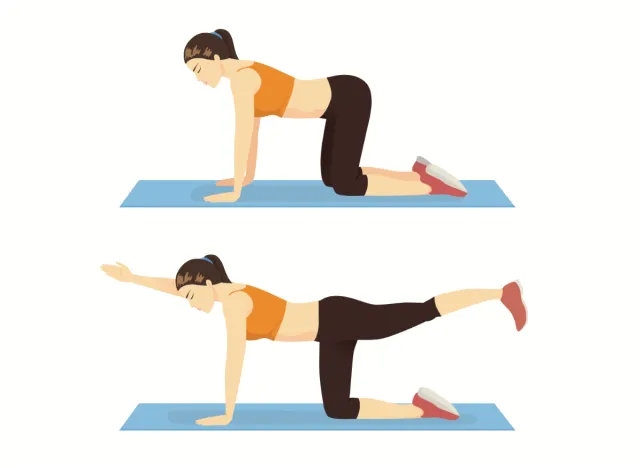
The bird dog exercise is a classic stability exercise that targets the core muscles, including the abdominals and lower back, while also improving balance and coordination. This exercise can help prevent lower back pain and improve posture.
Start on your hands and knees with your wrists directly under your shoulders and your knees under your hips. Extend one arm forward and the opposite leg straight back, keeping your hips level. Hold for a few seconds, then return to the starting position. Repeat on the opposite side, and alternate for three sets of 10 reps on each side.
Side Planks with Hip Abductions
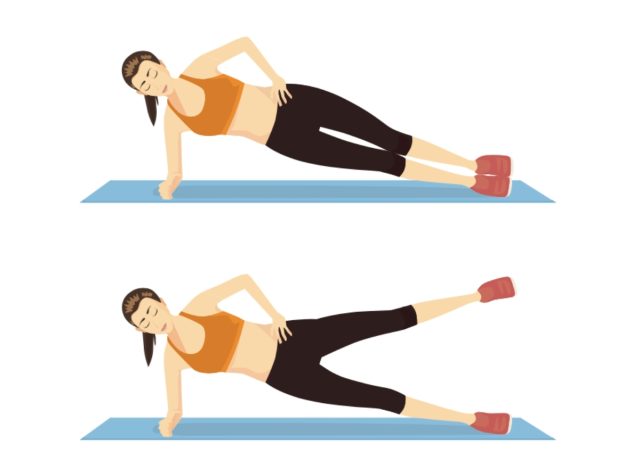
The side plank with hip abduction is an advanced variation of the side plank that targets the muscles of the core, hips, and glutes. This exercise improves lateral stability and strengthens the muscles responsible for hip abduction.
Begin in a side plank position with your elbow directly under your shoulder and your feet stacked. Lift the top leg toward the ceiling while keeping your core engaged and your hips stable. Lower the leg back down with control. Perform three sets of 12 reps on each side.
Stability Ball Stir-the-Pot
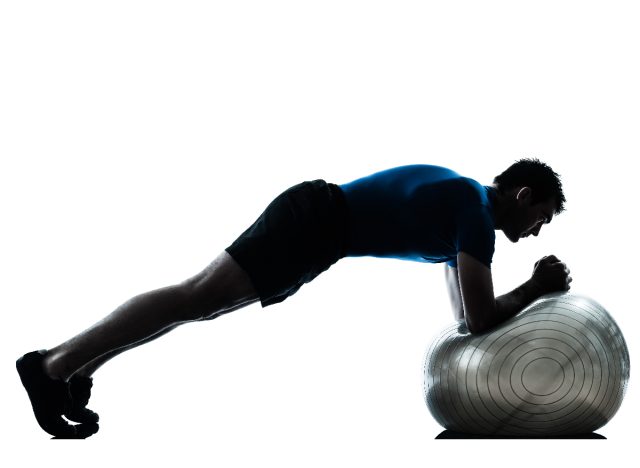
The stability ball stir-the-pot exercise is a challenging stability exercise that targets the core muscles, including the abdominals, obliques, and lower back. This dynamic movement on the stability ball engages multiple muscle groups simultaneously, promoting better balance and stability.
Start in a plank position with your forearms on a stability ball and your elbows directly beneath the shoulders. Engage the core, and slowly rotate the forearms in a circular motion, stirring the ball. Complete 10 circles in each direction for three sets.
Bulgarian Split Squats
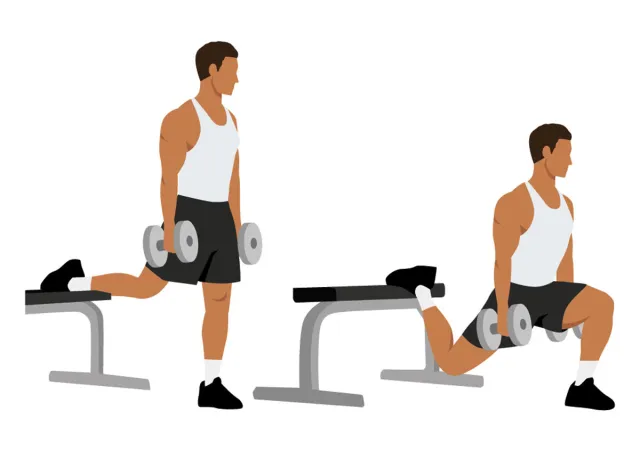
The Bulgarian split squat is a unilateral exercise that targets the quadriceps, hamstrings, and glutes, while also improving balance and stability. By isolating each leg, this exercise helps correct muscle imbalances and enhances lower-body strength.
Stand a few feet in front of a bench or step with a dumbbell in each hand. Place one foot on the bench behind you, laces down. Lower your body until the front thigh is parallel to the ground, keeping your knee aligned with your ankle. Push through the heel to return to the starting position. Perform three sets of 10 reps on each leg.
Bosu Ball Pushups
The Bosu ball pushup is a challenging variation of the traditional pushup that targets the chest, shoulders, triceps, and core muscles. By adding instability with the Bosu ball, this exercise increases the demand on the stabilizing muscles, improving overall upper-body strength and stability.
Position a Bosu ball with the flat side on the ground. Grip the sides of the Bosu ball with your hands slightly wider than shoulder-width apart. Lower your chest toward the Bosu ball, keeping your body in a straight line. Press back up to the starting position. Perform three sets of 12 reps.
Stability Ball Pike
The stability ball pike is an advanced stability exercise that targets the core muscles, including the abdominals, obliques, and hip flexors. This exercise also improves shoulder stability and enhances overall core strength and stability.
Start in a plank position with your feet on a stability ball and your hands on the ground directly under your shoulders. Engage the core, and lift your hips toward the ceiling, rolling the ball toward your hands. Hold for a moment, then return to the starting position. Perform three sets of 10 reps.
Single-Leg Squats
The single-leg squat is a challenging unilateral exercise that targets the quadriceps, hamstrings, glutes, and core muscles while also improving balance and stability. This exercise helps correct muscle imbalances and enhances lower-body strength and stability.
Stand on one leg with the other leg extended straight in front of you. Lower your body into a squat position by bending the knee of the supporting leg. Keep your chest up and your back straight. Push through the heel to return to the starting position. Perform three sets of eight reps on each leg.



